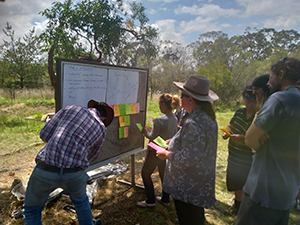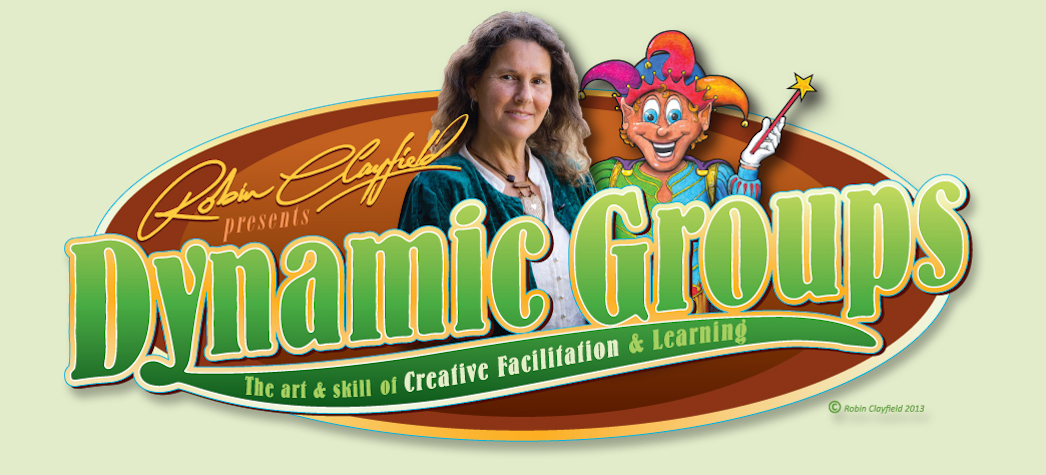It’s early Feb 2021 and it’s almost a year since I did the Dynamic Groups facilitation workshop.

Since then, I felt more confident to take way more risk in my Permaculture teaching. Many times in the past, I have used a PowerPoint to do a 9-4pm Introduction to Permaculture course and so I challenged myself to ditch the laptop altogether, and plan only interactive activities with me as a facilitator only and not THE teacher. This was risky because one doesn’t know the students, they don’t know each other, and what if I cannot guide them in covering all the content in the allotted time!?
They started in pairs introducing themselves and then introducing their partner to the whole group. In pairs again they came up with a definition of permaculture. The essence of these were shared on to a board. Even though this was an Intro workshop, I only had to add the word design and they had it! Earth and People Care and limits to consumption were introduced simply and then they mixed and matched cards with permaculture principle, image, and saying/proverb into 12 groupings.  This generated much discussion, thought, and teamwork as they arranged them on the board.
This generated much discussion, thought, and teamwork as they arranged them on the board.
We then went for a walk around the permaculture homestead and they had to observe and share a principle from before. After a shared lunch, sitting again in a circle around a table they identified energies coming into the table top imaginary site. These were drawn on in sectors. Elements for our table top permaculture property were drawn on pieces of paper and then placed according to the zone theory in combo with elements having positive interactions. Then the students were off to find a pattern in nature, bring it back, share and discuss. The importance of trees was highlighted when a blank tree drawn on the back of an old poster was covered in functions and uses in 3 minutes by many pens scribbling away. By now students realised how much they already knew and that it was of value to the group learning and so soil fertility techniques and inputs flowed onto strips of paper that they stuck up on the board in appropriate groups. We summed up the day by splitting into 2 groups and timelining what was learnt. Another kinaesthetic and visual review action that showed why everyone had sore brains! My PowerPoint was sent to everyone a couple of days later as a further review tool, so not completely obsolete. As a facilitator, it felt great to stimulate the students to contribute, learn from each other, and not be the one who does all the work presenting a PowerPoint…!
by Dylan Graves
 Dynamic Groups, Dynamic Learning Dynamic Courses, Books, Resources and Tours for Healthy Groups, People and Culture with Robin Clayfield
Dynamic Groups, Dynamic Learning Dynamic Courses, Books, Resources and Tours for Healthy Groups, People and Culture with Robin Clayfield